If you had to choose just one barbell exercise to do for the rest of your life, forsaking all others, the deadlift should be it. Deadlifts work more muscles than almost any other exercise so you can get close to a full-body workout using nothing more than a barbell and some weight plates.
It’s such an important exercise that back in the early days of physical culture (health and fitness movement from 19th century) when barbell training was in its infancy, the deadlift was called the ‘health lift’.
As well as being a superb exercise for training in general, deadlifts are also a competitive lift. They are the final part of most powerlifting events. Competitions are often won and lost on the deadlift.
Deadlifts are also a common event in most strongman competitions, although the competitors often have to contend with things like cars, trucks, and even beer barrels, and not just standard barbells and plates.
Deadlifts aren’t just for powerlifters and strongman competitors, though; they’re also a very valuable exercise for bodybuilders too. Nothing builds back mass like deadlifts. Just ask Ronnie Coleman, who was a powerlifter before he was a bodybuilder and had one of the best backs in bodybuilding history. Coincidence? Probably not!
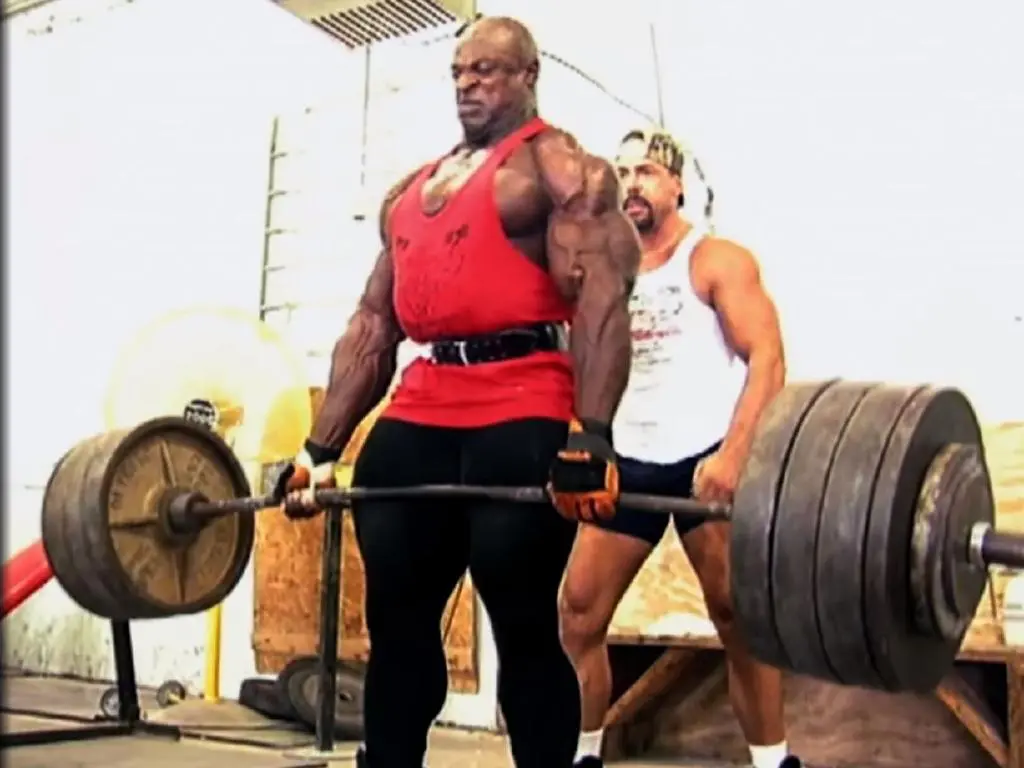
Whether you are a powerlifter, bodybuilder, strongman competitor, or just want to be stronger and more muscular than the average gym-goer, you need to deadlift. But you can’t just show up and lift; you need to follow a proper deadlift program to get results.
Level Up Your Fitness: Join our 💪 strong community in Fitness Volt Newsletter. Get daily inspiration, expert-backed workouts, nutrition tips, the latest in strength sports, and the support you need to reach your goals. Subscribe for free!
Here is a nine-week deadlift program guaranteed to help you smash your current deadlift personal best and add slabs of muscle to your entire posterior chain (backside of the body) at the same time.
Deadlift Program
While you can get bigger and stronger by doing nothing other than heavy deadlifts, that kind of approach can be a bit hit or miss. Rather than risk wasting time and energy on ineffectual workouts, for this plan, you are going to follow a much more prescriptive approach to deadlift training. This program is progressive and also designed to fix any sticking points or weak spots in your deadlifting performance.
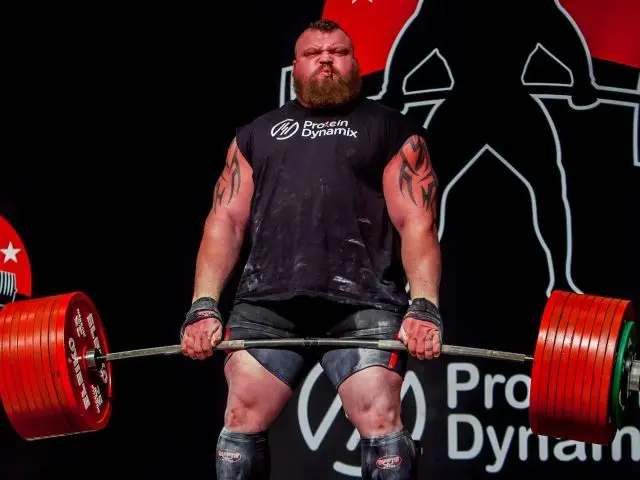
Do the following workout once per week, 2-3 days before or after your leg workout/s. Deadlifting too close to leg day is a great way to over train your lower back and could lead to injury. So, if you train legs on Monday, do your deadlift workout on Thursday or Friday. This will allow any overlapping muscle groups to recover.
Before you start this (or any) workout, make sure you spend some time warming up and preparing your body for what is to come. A few minutes of easy cardio, followed by some joint mobility and dynamic stretching is a good way to start the process. Once you feel warm, do a few light sets of deadlifts to dial in your technique and thoroughly prepare your muscles and joints for the coming workout.
Here’s the workout routine…
1– Deadlifts – conventional, sumo, or trap bar as preferred – using the weekly progressions described below
2– Deficit deadlifts– 3 sets of 8 reps
3– Leg curls – 3 sets of 10 reps
4– 45-degree back extensions – 3 sets of 12 reps
5– Kettlebell swings – 3 sets of 15 reps
Rest 3-5 minutes between sets of deadlifts, 2-3 minutes between sets of deficit deadlifts, and 1-2 minutes between sets of the remaining exercises.
Deadlift Set and Rep Progressions
Use the same weight for the first four weeks, and then increase the weight workout by workout for the last five weeks. Your starting weight should be your five-repetition maximum, which is about 85% of your one-repetition maximum (1RM). If you don’t know your 1RM, use this calculator to estimate it.
Week 1 – 5 sets of 3 reps (e.g., 200 lbs.)
Week 2 – 5 sets of 4 reps (e.g., 200 lbs.)
Week 3 – 5 sets of 5 reps (e.g., 200 lbs.)
Week 4 – 5 sets of 6 reps (e.g., 200 lbs.)
Week 5 – 5 sets of 5 reps (e.g., 210 lbs.)
Week 6 – 4 sets of 4 reps (e.g., 220 lbs.)
Week 7 – 3 sets of 3 reps (e.g., 230 lbs.)
Week 8 – 2 sets of 2 reps (e.g., 240 lbs.)
Week 9* – 1 set of 1 rep (attempt new personal record, e.g., 250 lbs.)
*Week nine is optional. You don’t have to test your 1RM if you don’t want to. However, for powerlifters and strongman competitors, it may be useful.
Level Up Your Fitness: Join our 💪 strong community in Fitness Volt Newsletter. Get daily inspiration, expert-backed workouts, nutrition tips, the latest in strength sports, and the support you need to reach your goals. Subscribe for free!
5 Deadlift Variations
To get the most out of this or any other workout, you must do the exercises correctly. While cheat reps do have a place in building muscle and strength, you still need to use the good technique if you want to avoid injury and get the best possible results from your workouts.
1 – Deadlifts
If you are going to do a specialized deadlift program, you should already know how to deadlift correctly. In fact, if you don’t know how to deadlift, this is not the workout for you!
So, while we’re not going to tell you how to deadlift here, we will provide you with some useful tips to make your deadlifts as powerful and effective as possible.
- Deadlift without your shoes to make keeping your heels down easier and maximize posterior chain activation. If your gym doesn’t allow shoeless training, try some minimalist shoes with no heel lift, or wear deadlifting slippers.
- Use a mixed grip – it will stop the barbell rolling out of your fingers. But, also make sure you switch hands from set to set to avoid uneven muscle development.
- Use chalk to keep your hands dry and reinforce your grip. Gloves are not a good idea as they increase the thickness of the bar, making it harder to hold.
- Wear a lifting belt for your heaviest deadlift program sets. Bracing your abs against a belt increases intra-abdominal pressure, which helps support your spine from within. While a belt is not compulsory, wearing one can be very helpful and may allow you to lift more weight.
2 – Deficit Deadlifts
Deficit deadlifts increase your range of motion and explosiveness of the floor. They are also useful for increasing lower back, glute, and quadriceps strength. Don’t go too heavy on this exercise but, instead, focus on lifting the bar quickly off the ground.
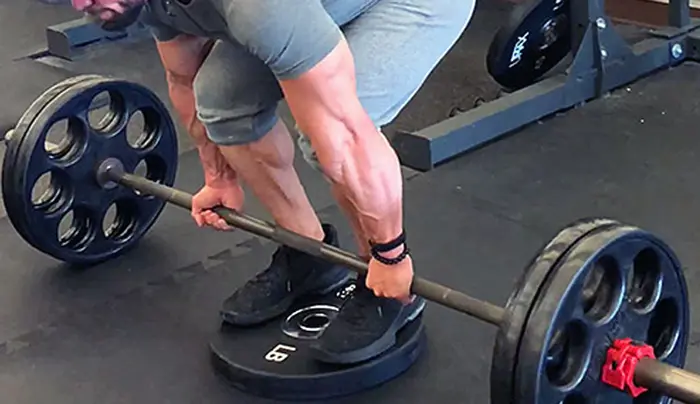
1– Set your barbell up as usual and then place 1-2 weight plates or a low step under the bar. Stand on your platform in your regular deadlift stance.
2– Squat down and grab the bar with an overhand or mixed grip, hands shoulder-width apart and arms straight.
3– Lower your hips, lift your chest, and pull your shoulders down and back. Brace your abs.
4– Stand up quickly without rounding your lower back or allowing your hips to rise faster than your shoulders.
5– Lower the bar back to the floor, reset your starting position, and repeat.
3 – Leg Curls
Leg curls isolate your hamstrings. After two deadlift variations, your lower back is probably feeling tired, so this move gives your back a break while continuing to hammer your hammies. The hamstrings play a crucial role during deadlifts and working this muscle in isolation will definitely help boost your deadlift performance.
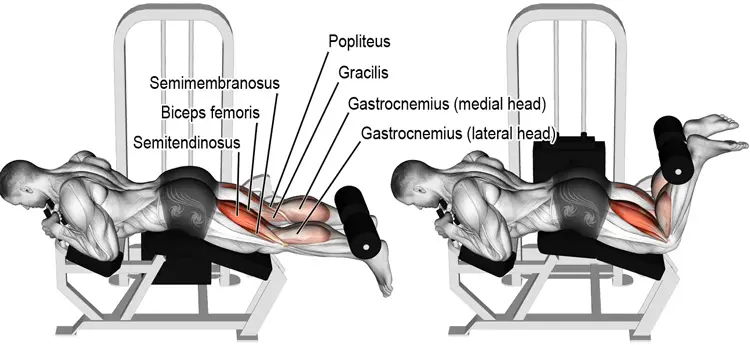
1– Lie on your front so that your knees are in line with the leg curl machines’ pivot point. The lower leg pad should be at the bottom of your calves.
2– Bend your legs and curl your feet up toward your butt. Do not jerk the weight up. Instead, squeeze it up slowly and deliberately.
3– Pause in the most contracted position for 1-2 seconds and then lower the weight.
4– Repeat for the prescribed number of reps.
4 – 45-degree back extensions
This bodyweight exercise works your lower back, glutes, and hamstrings. You’ll be doing this move for moderate to high reps, so it’s an excellent exercise for increasing muscular endurance. Better muscular endurance means you’ll recover between sets, exercises, and workouts faster. It’ll also give you a great pump!
1– With your feet on the footplates, lean forward so your hips are against the leg pads. Cross your hands over your chest, clasp them behind your back, or place them on your temples as preferred.
2– Keeping your knees slightly bent but rigid, hinge forward from your hips and lean forward. Try not to round your lower back too much, if at all. Descend as far as your flexibility allows.
3– Lift your torso back up until your shoulders, hips, and feet form a straight line. Do not hyperextend your spine.
5 – Kettlebell Swings
Your final deadlift program exercise will increase speed and explosive power. While heavy deadlifts almost always move very slowly, your intention should be to lift the weight as fast as you can. The bar might not move very quickly, but the act of trying to lift it fast will increase muscle activation and strength.
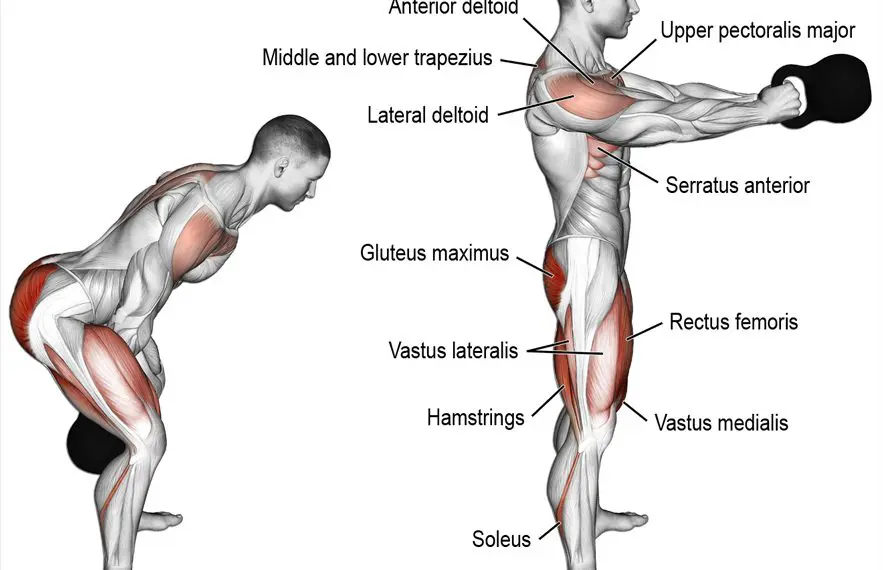
1– Stand with your feet shoulder-width apart, holding a kettlebell in front of your hips. Bend your knees slightly, but then keep them relatively rigid throughout.
2– Hinge forward, push your hips back, and lower the weight between your knees. Do not round your lower back.
3– Drive your hips forward and, keeping your arms straight, swing the weight forward and up to shoulder-height.
4– Lower the weight and repeat.
Wrapping up
Deadlifts are not just one of the most productive barbell exercises you can do, they are also one of the most rewarding. Lifting heavy weights is exhilarating and can give you a real sense of achievement.
Unlike squats and bench presses, you don’t need a spotter to do heavy deadlifts. If you get stuck and are unable to complete a rep, you can just lower the bar back to the floor. This makes them safer and more accessible than a lot of other barbell exercises, where you need a squat rack to do them safely.
Whether you are a bodybuilder, powerlifter, strongman, athlete, or just want to look good on the beach, deadlifts should be a big part of your workouts.

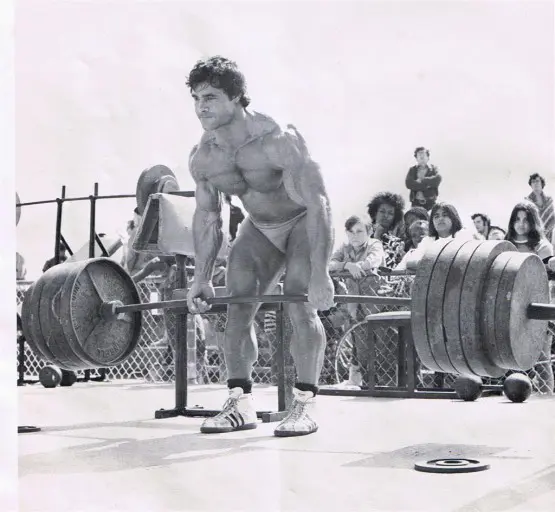





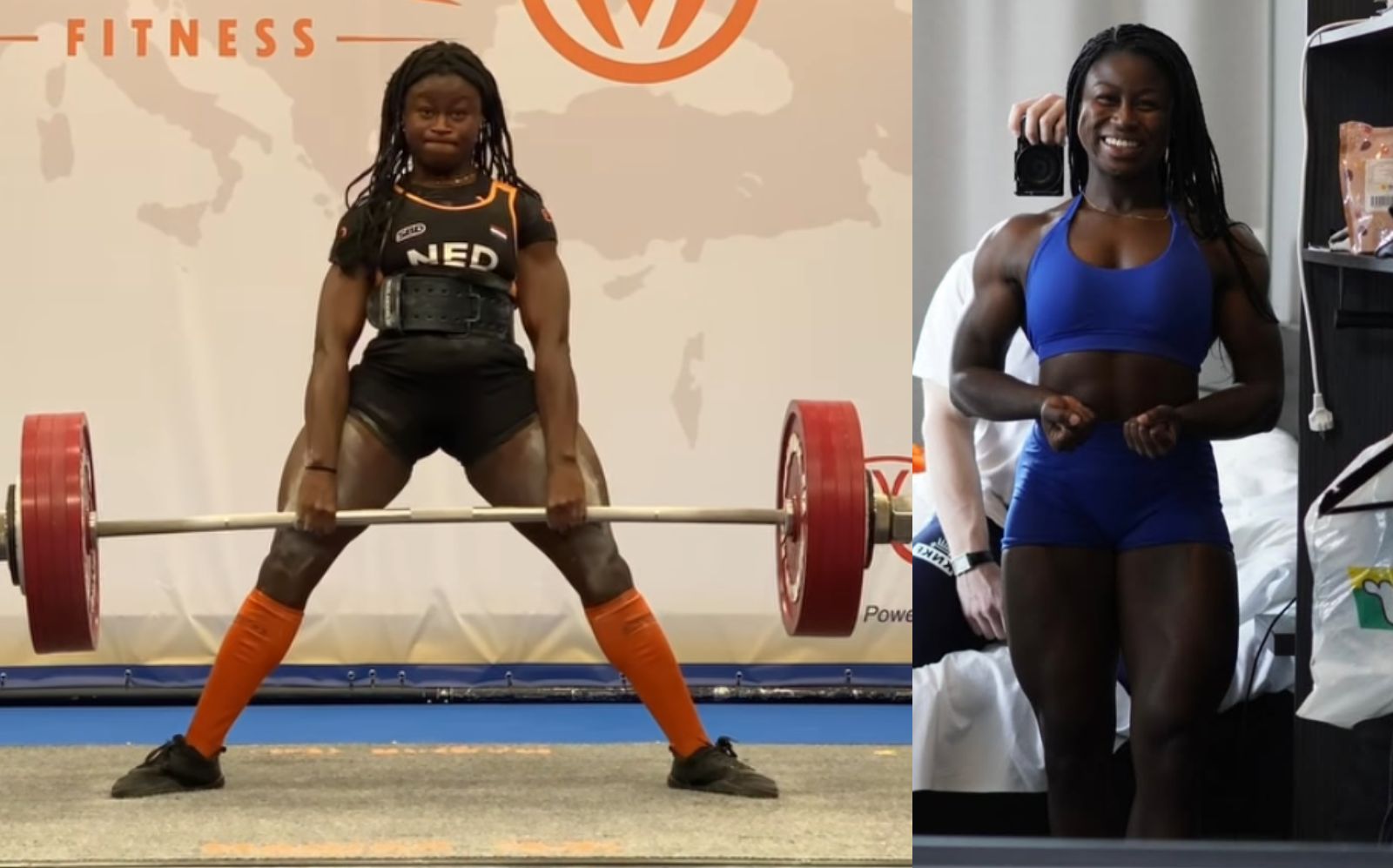
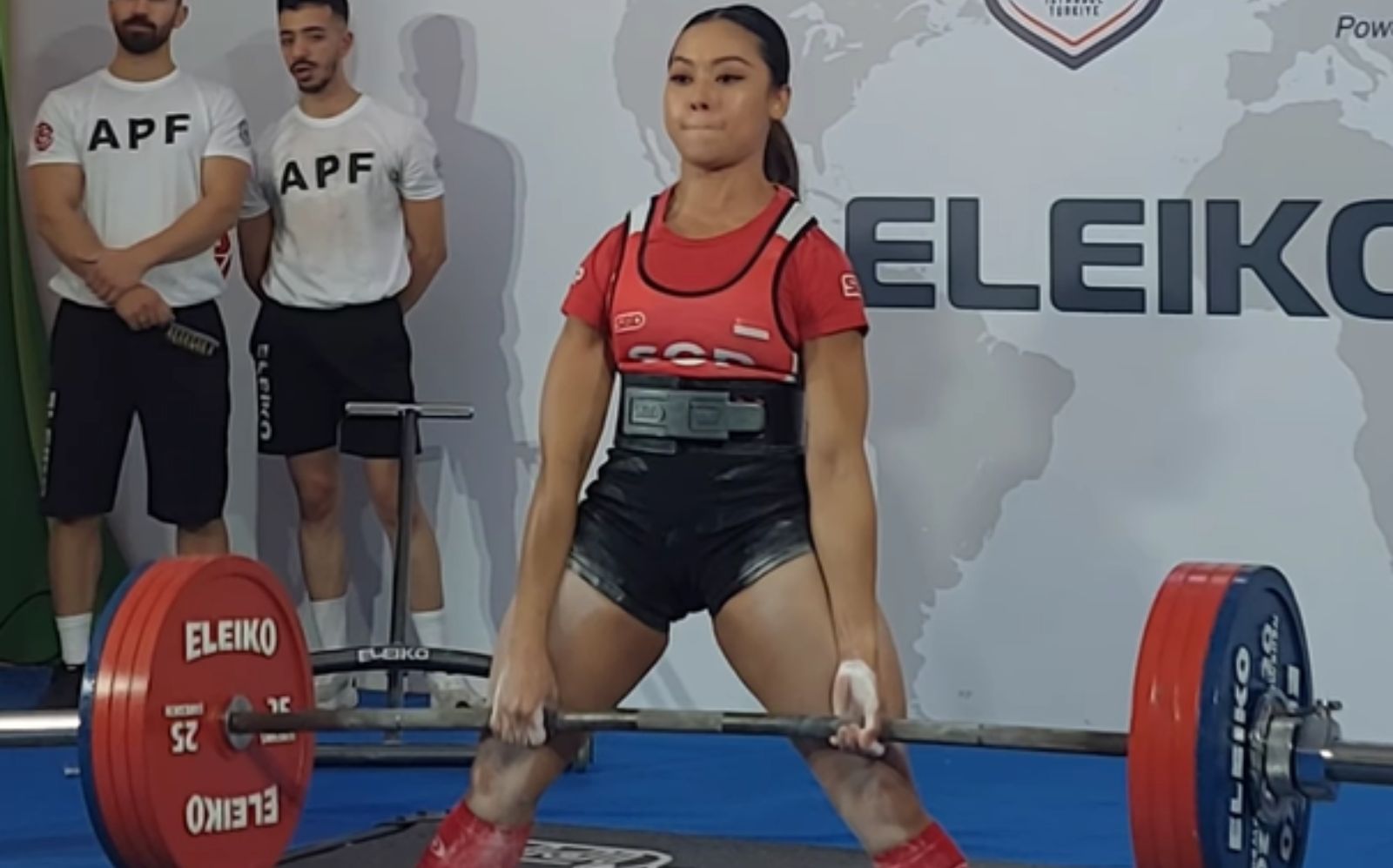

Need powerlifting program
We’ve got lots! Here are a few to get you started…
https://fitnessvolt.com/powerlifting-program-strength/
https://fitnessvolt.com/powerlifting-strength-training-programs/
https://fitnessvolt.com/beginner-powerlifting-programs/
https://fitnessvolt.com/candito-training-programs/
https://fitnessvolt.com/strength-powerlifting-programs/